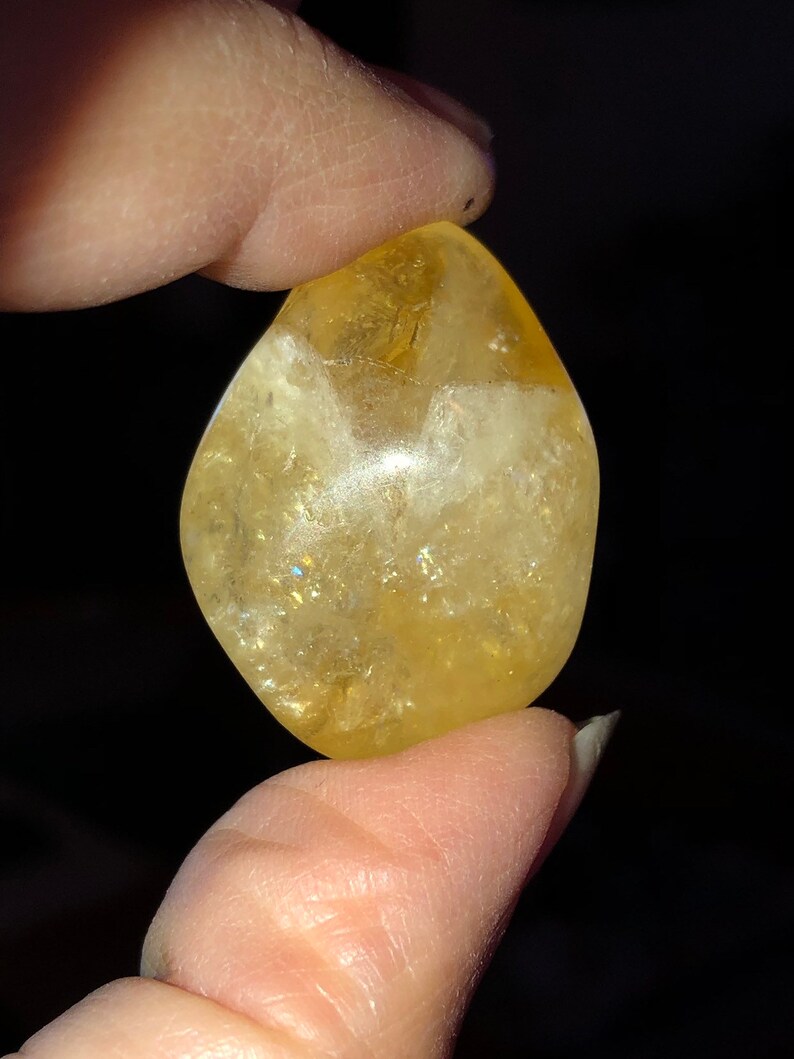


Without heat treatment there would be very few pieces of quality Tanzanite on the planet. As the treatment is so common and because it is virtually impossible to detect, there is no price differential in the market. Aquamarine for example is virtually always heated to drive off the green hues within the gem, turning it a more pure blue. Unfortunately there is no one rule here and it varies by gemstone. One of the most important questions I am asked is whether heat treating a gemstone decreases its value. Also, often both treatments are applied: for example Green Amethyst and Morganite are normally gamma irradiated in a highly sophisticated laboratory to change their atomic structure and after the process is completed are then heat treated to transform their colour. It’s not quite that simple and scientists might say I was off the mark, but I like the example as a way of communicating the differences between heat treatment and irradiation. I am simplifying it a little, but if you put a gemstone in your oven at home you are heat treating your gem, whilst if you were to put it in the microwave, you would be irradiating it. Heat treating is the most basic form of gemstone enhancements. It’s simply man carrying on the work of Mother Nature, but at a controlled temperature and for a controlled period of time. But what is heat treatment? Well, simply put, many gemstones are heated by man, either before or after they are cut and faceted to enhance the stone in one way or another. Many gemstones are heat treated, but the motive behind the treatment is rarely the same for different gemstones. One of the most common treatments applied to gemstones.


 0 kommentar(er)
0 kommentar(er)
